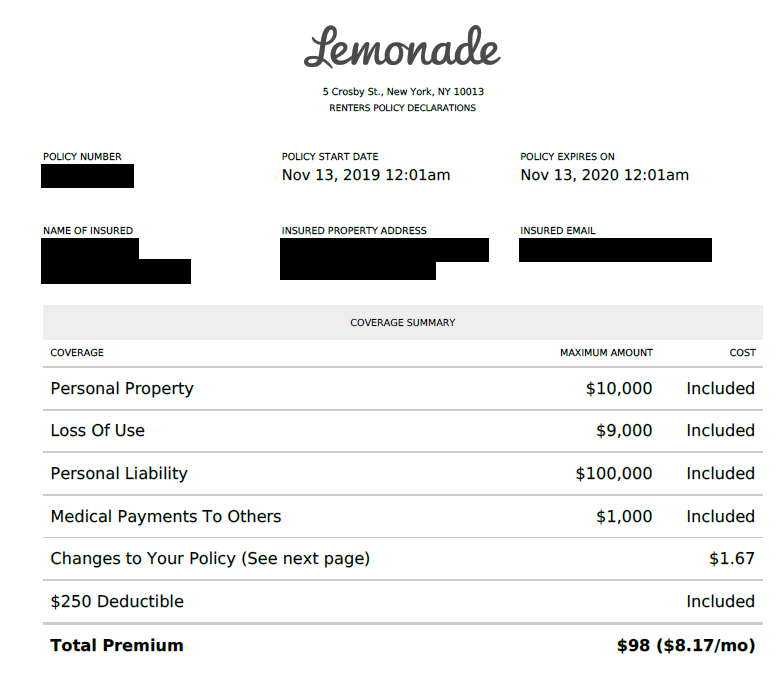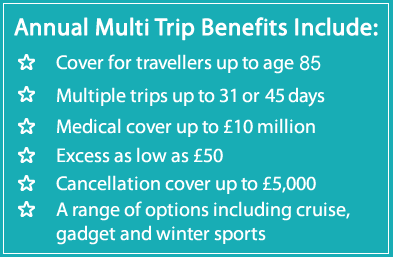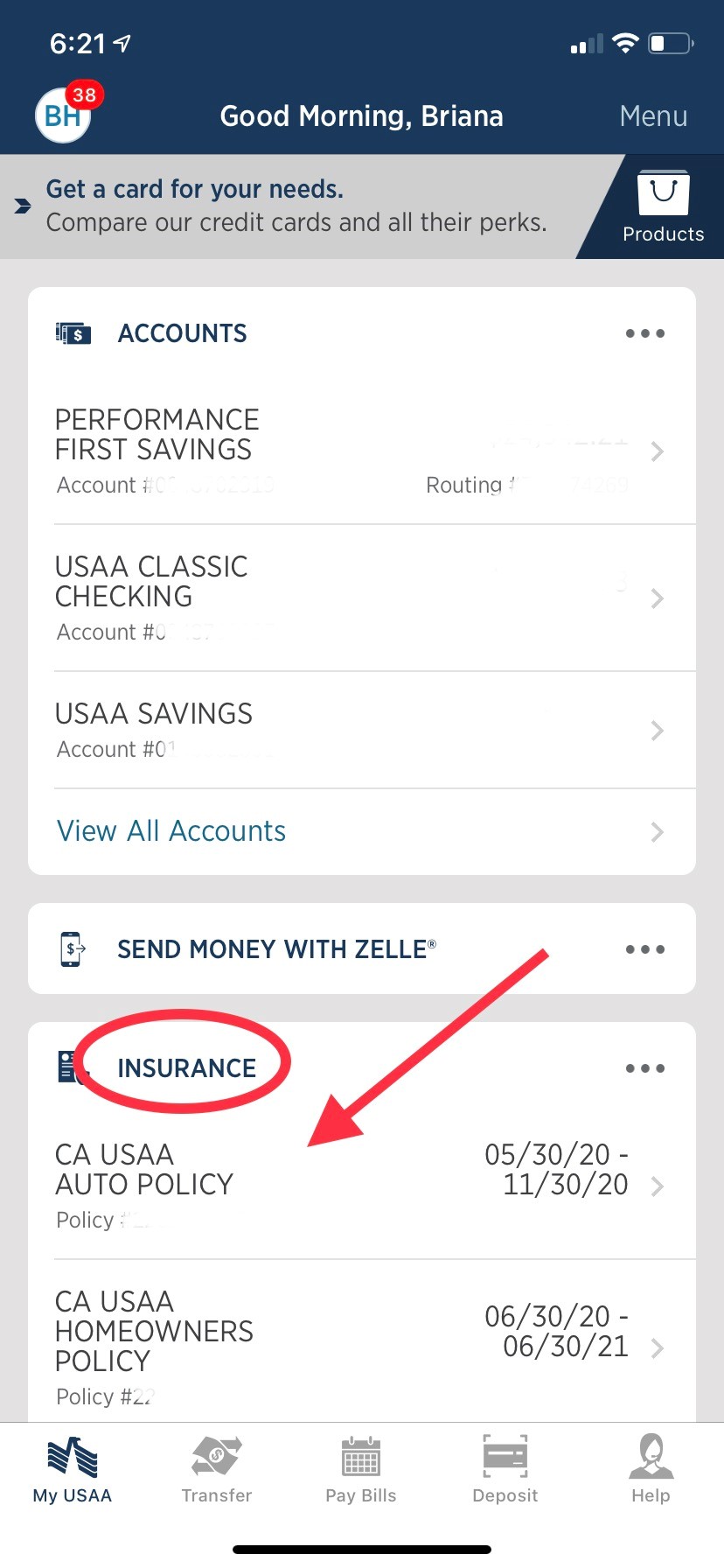
Catastrophic healthcare insurance is a type insurance that covers the cost of medical services after your deductible for each year has been met. It is more expensive than other health insurance plans, but it will pay for much more of your medical bills. Higher premiums will pay off because you'll get more for your money.
Affordable health insurance plans are cheaper than catastrophic health insurance
A catastrophic insurance plan pays for critical health benefits and has a high maximum deductible. These policies cover unexpected medical emergencies. The catastrophic plan's maximum out-of pocket limit is $8,700 in 2022 for an individual and $9,100 2023.
Catastrophic insurance plans are not eligible for subsidies and are only available in a limited number of exchange enrollees. They are not offered in every region and are not shown automatically to people younger than 30. A smaller percentage of exchange enrollees annually choose a catastrophic policy. A mere half of all enrollees nationwide on an exchange plan will be on a catastrophe plan by 2022.

Cost of catastrophic health insurance
For families with children, catastrophic health insurance can be very costly. This type of insurance comes with a high deductible. A catastrophic insurance plan can often leave you with more than $7900 in medical bills. If you and your family need multiple medical services per year, a silver- or gold plan will save you money in the long term.
You must research your options and compare your needs with the cost of routine medical expenses before you make a decision about catastrophic insurance. It is important to find out the average hospital cost and what monthly premiums you will be paying. If you don’t have insurance, you can look around the federal government’s health care marketplace and your state’s marketplace. Know that catastrophic coverage will have a higher cost per month and a higher maximum deductible.
Benefits of catastrophic health insurance
Catastrophic health insurance is a type of insurance that can help you pay for unexpected medical expenses. These plans have high deductibles and low monthly premiums. These plans are great for healthy young people who don't need any medical attention. If you are an elderly person who requires regular medical supervision, however, they can be quite expensive.
This type of insurance covers all medical expenses. These plans ensure that members receive minimum essential health benefits. These benefits include certain preventive health services, such as vaccinations. These benefits include certain types of birth prevention and annual physicals.

To be eligible for a hardship exemption in order to purchase catastrophic insurance, you must meet the following requirements
A hardship exemption may allow you to purchase catastrophic insurance if your health insurance policy has been cancelled recently. This exemption allows people who earn less than eight percent to purchase insurance. There are many reasons for qualifying for this exemption, including bankruptcy, eviction, foreclosure, and a variety of medical expenses. You cannot qualify for a hardship exemption if you're unemployed. Catastrophic insurance is more expensive than traditional insurance, but you'll be required to pay deductibles and premiums.
A Catastrophic plan can be purchased by anyone younger than 30 without a hardship exemption. An exemption is required for those who are 30 years old or older, and whose income does NOT exceed 8.09%. Once the application is completed, you will be able see your options on Pennie.